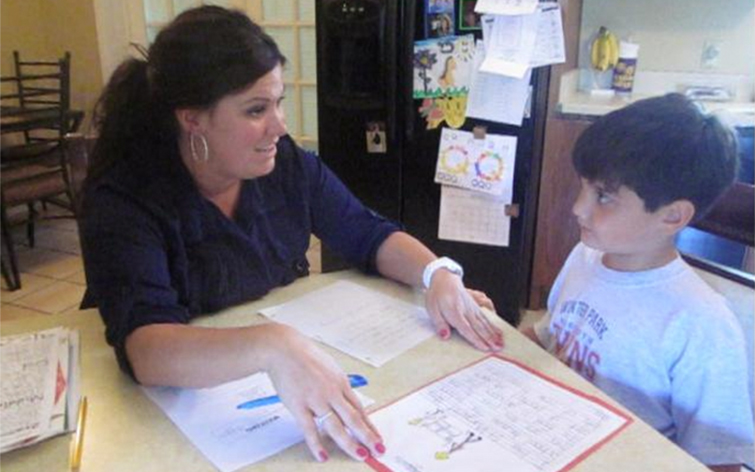“As writers, what we all need more than anything else in the world is listeners, listeners who will respond with silent empathy, with sighs of recognition, with laughter and tears, and questions and stories of their own. Writers need to be heard.” ~ Lucy McCormick Calkins
Conferences are to writing as a doctor is to a patient. Teachers and students share a unique relationship through writing conferences, just as doctors’ share with their patients. Writing conferences help teachers get to know their students better as writers, just as an office visit helps a doctor get to know his/her patient. Detecting problems and treating them before they get worse is the key to being healthy. So it is with students and writing conferences.
Doctors are good listeners when it comes to conducting check-ups with their patients; so are teachers when they conduct conferences with their students. In the area of writing, the more feedback a student receives the healthier writer they become.
Research tells us that the reasons teachers respond to student writing is to “offer suggestions, ask questions that help students re-see their work, and to productively revise” (Berne, 2010). Doctors do the same with patients. Before they give a prognosis, they talk with their patients about what ails them and how they are generally feeling. Once they listen and conduct a physical exam, the doctor makes suggestions for further treatment and offers advice to the patient to help them “revise” certain habits in order to get better.
The physical examination for teachers comes in the form of reading or listening to students’ writing. Once the teacher actively listens to his/her student (research phase), then the focused feedback begins (decision phase). Feedback is usually brief, rather than a “checklist” of things to do. “Less works best,” scholars of writing stress (Berne, 2010).
The delivery of the feedback from both teacher and doctor is “honest and tempered with compassion,” for their words can literally define the ways in which their students and patients perceive themselves (Spandel, 2009).
Once feedback is given and both teacher and student are focused on revising, direct mini-lessons can take place (teaching phase) (Berne, 2010). A new strategy (or added support for a strategy already taught) can be reviewed.
This same technique can be used by a doctor with his patient. Once the problem is diagnosed, then specific treatment can begin. In both student and patient scenarios, the treatment gives way to a healthier writer or patient.
The last phase of any writing conference is the most important. It is the student’s turn to speak to see if the “communication has been clear” (Berne, 2010). Just as a doctor asks, “What will you do next?”, so the teacher asks the same question of the student. This is where the shift from“responder to writer” takes place (Berne, 2010).
The teacher, just like the doctor makes sure all that was discussed during the conference is understood and that planning for the next step is going to take place.
Teacher/student relationships and doctor/patient relationships are unique in many ways. Just like writing conferences allow “teachers and students to build relationships that help students become more confident writers” (Overmeyer, 2009), so office visits allow doctors and patients to build relationships that help patients become healthier people.
In the end, both relationships help students and patients to “re-see, reshape, and refine their own thoughts” so they can make themselves healthier and successful writers of their own life stories( Kupper-Herr, 2000).



Recent Comments